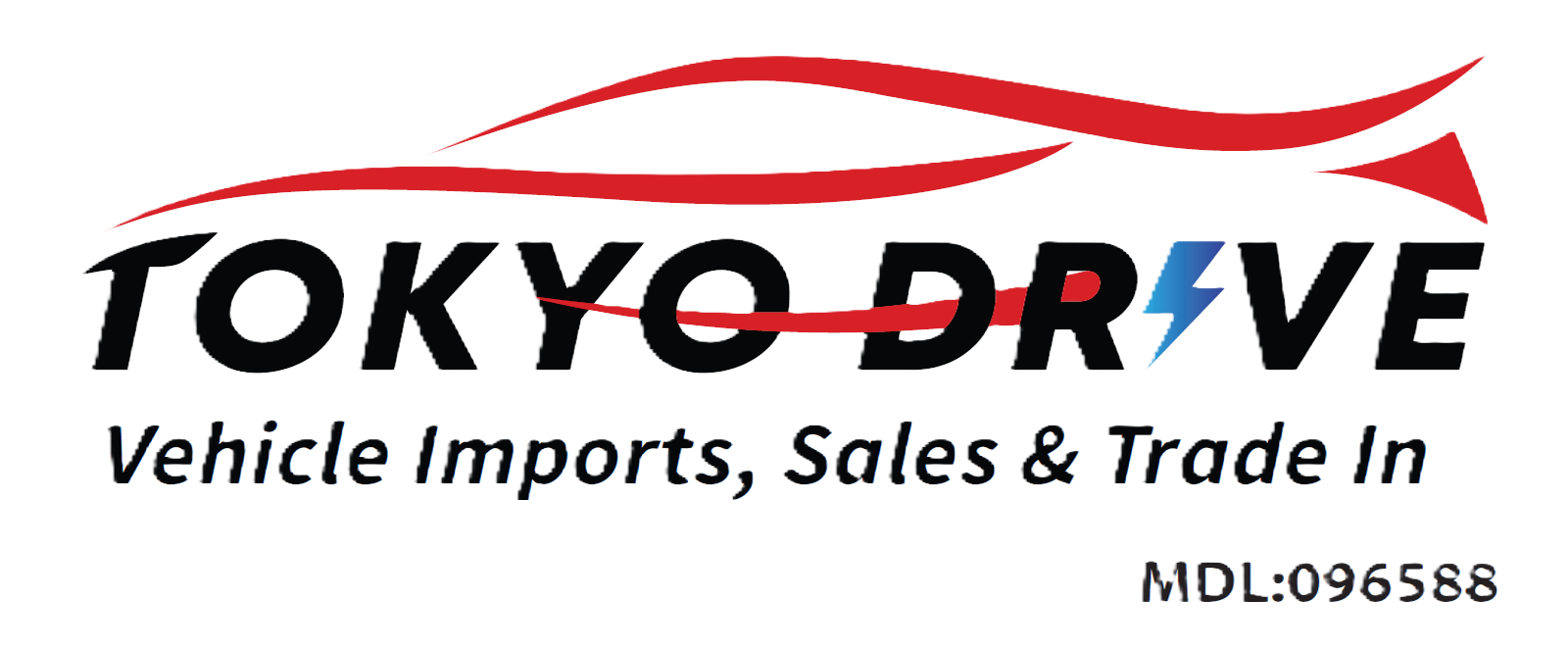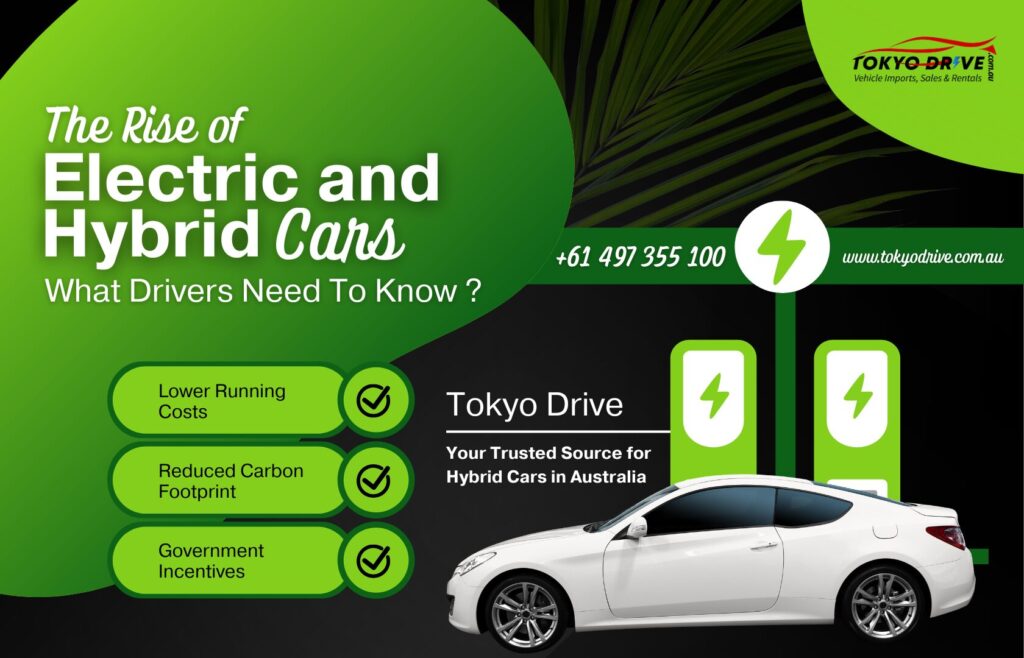So, you’ve found your dream Japanese car online — maybe it’s a turbocharged Nissan Skyline, a sleek Toyota Chaser, or even a low-mileage Honda Integra. You’re imagining it turning heads on Australian roads. But before you get too deep into daydreams, it’s important to understand that importing a Japanese car isn’t just about the sticker price.
At Tokyo Drive, we’ve seen too many enthusiasts blindsided by unexpected expenses. Importing a car from Japan to Australia involves a complex process — and yes, it comes with some hidden costs. In this guide, we’ll walk you through the 10 hidden costs you absolutely need to know before making the leap.
1. Import Approval Fee
Before your car even leaves Japan, you’ll need to apply for Vehicle Import Approval (VIA) through Australia’s Department of Infrastructure. The cost might seem small (around AUD 50), but failure to get this approval can result in your car being refused entry.
2. Shipping and Freight Charges

Don’t assume the seller includes shipping in the price. Freight from Japan to Australia can cost between AUD 1,500–3,000, depending on the port, shipping method (RoRo vs container), and vehicle size. The further inland you are, the more it will cost to get your car home.
3. Customs Clearance Fees
Once your car arrives in Australia, it has to clear customs. There are fees for customs brokers, documentation handling, and inspections. These costs can add up to AUD 500 or more.
4. GST and Import Duties
Australia applies a 10% Goods and Services Tax (GST) on the value of the car, including shipping and insurance costs. In some cases, an additional 5% import duty is charged based on the type and age of the vehicle.
5. Quarantine Inspection and Cleaning
All imported cars must undergo an AQIS (Australian Quarantine Inspection Service) inspection. If your car isn’t clean enough — especially underneath — you’ll have to pay for professional steam cleaning, which could cost you AUD 300–600.
6. Compliance Modifications and Certification
Japanese cars aren’t always road-legal in Australia right out of the box. You’ll likely need compliance work done to meet local standards. This includes things like child seat anchors, speedometers in km/h, emissions compliance, and safety checks. Compliance packages can run from AUD 1,000 to AUD 2,500.
7. Registration and Stamp Duty
Before you can drive your newly imported car legally, you need to register it in your state or territory. Registration costs vary, but don’t forget about stamp duty, which can be a significant percentage of your vehicle’s value — sometimes thousands.
8. Insurance Premiums
Insuring a freshly imported Japanese car isn’t as straightforward as local vehicles. Not all insurers will cover imports, and those who do often charge higher premiums. Factors like limited parts availability and performance specs push premiums higher.
9. Parts and Maintenance Costs
You may find it difficult (and expensive) to get replacement parts for some JDM vehicles. Specialized labor or rare components can mean longer wait times and higher service costs, especially if you’re outside major metro areas.
10. Exchange Rate Fluctuations
The cost of your car and all associated fees are tied to the Japanese Yen and U.S. Dollar exchange rates. If the Australian Dollar weakens after you commit to purchase, your final cost can jump significantly. It’s a risk many buyers overlook.
Real Cost vs. Sticker Price
Let’s say you find a beautiful Toyota Soarer for AUD 10,000 in Japan. After factoring in all the above — import tax, shipping, compliance, registration, insurance, and more — your final cost could easily be AUD 18,000 to AUD 22,000. That’s over double the purchase price.
And that’s why at Tokyo Drive, we always recommend planning ahead. Budgeting for these hidden costs ensures you’re not surprised halfway through the import process.
Tips from Tokyo Drive

- Use a Trusted Import Agent: A seasoned importer will guide you through the paperwork, approvals, and regulations.
- Get a Pre-Buy Inspection: Use services in Japan to inspect the car before purchase.
- Ask for a Full Cost Estimate: A breakdown of all expected costs helps avoid surprises.
- Have a Contingency Fund: Always set aside 10–15% extra for unplanned expenses.
Why It’s Still Worth It
Despite the costs, importing a Japanese car offers access to rare models, better condition vehicles, and often lower mileage than local options. The passion, performance, and unique appeal of JDM cars make the effort worthwhile.
Tokyo Drive is here to make sure your import experience is smooth, informed, and totally worth the ride.
Final Words: Plan Smart, Drive Happy
Bringing a Japanese sports car into Australia can be a dream come true — but only if you go in with your eyes open. Understanding the full picture means you’re not just another enthusiast with an expensive lesson. You’re a smart buyer ready to join the JDM community with pride.
Follow Tokyo Drive for more insights, import tips, and the latest on Japanese car culture in Australia.
Drive smart. Drive JDM. Only with Tokyo Drive.




Great article! I‚ have been researching US car imports, and a VIN check gave me the full auction background before buying. I used this tool to check the vehicle‚is history ‚the accident records, title issues, and auction details were all included. Could be a lifesaver for anyone buying used. Here‚is the link: https://vinifycheck.com/carfax-report